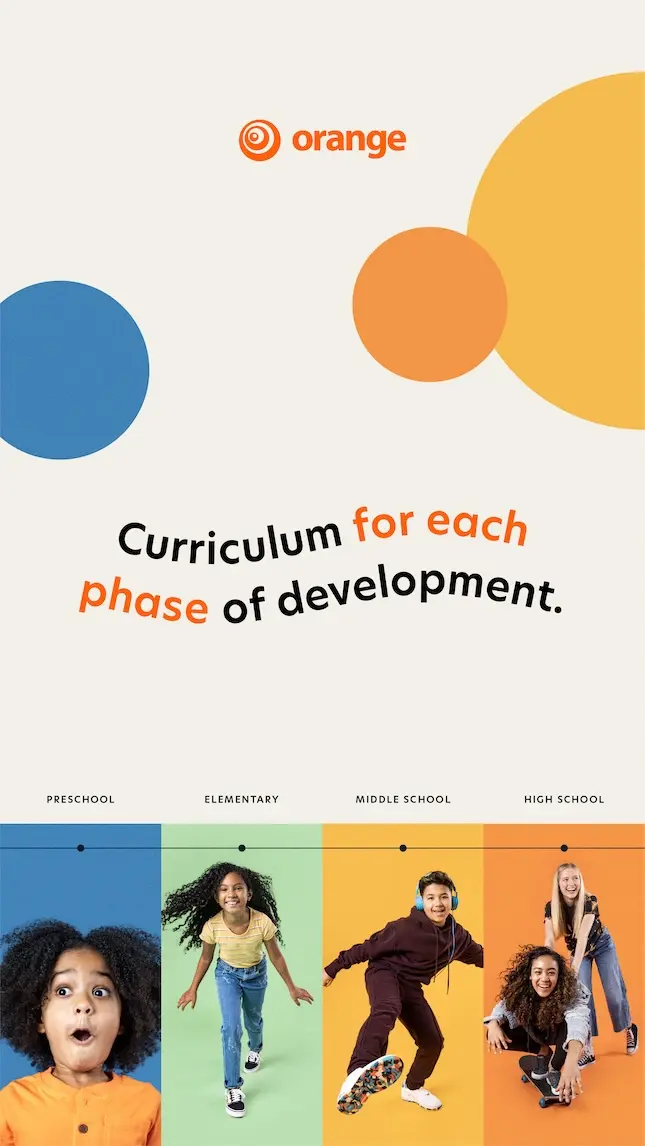Imagine you have a bucket. Every time you try to fill the bucket, 85% of the water leaks out instantly, and you’re left with a measly 15%. I’m guessing that you probably won’t attempt to fill that bucket more than once or twice before you either fix the bucket or get a new one. What’s funny is that we wouldn’t think twice about fixing or replacing the leaking bucket, right?
But when it comes to teaching and learning, we tend to keep trying to fill our broken bucket instead of replacing it with one that actually works, one that actually holds the water we’re pouring into it.
Here’s what I mean. Typically, we deliver information to kids and teenagers through talking, teaching, and visuals. We try to engage them and keep their attention with videos, lessons, reading stories, and filling blanks on notes pages. We do these things because research and experience have taught us that we all have different learning styles. We comprehend and learn best when we receive information in a certain way. And while we all have our “best way of learning,” most people only retain a small percentage of what they’re taught.
That means our sermons (even the good ones) and our lessons (even the best ones) are leaking. Most of what we’re pouring into our students is leaking out of the bucket. No matter how creative we are, no matter how true the Truth, our kids and teenagers aren’t retaining what we’re attempting to teach them.
And I think, subconsciously, we know this already. I mean, we can’t possibly remember everything we’re taught, so how can we expect our students to? Think about last Sunday. How much have you actually remembered from the sermon? How much content can you recall from that podcast you listened to earlier today? Do you remember details taught in the conference you went to a few weeks—or a few months—ago? If you have an above average IQ and are an auditory learner, maybe you can remember around 50% of the content. But if you’re average like me, maybe 25%? 15%?
It’s no surprise that we all want our students to not just listen to our content. We want them to retain it. We want them to practice it. We want them to live it. We want them to keep that water in their bucket! But how exactly do we accomplish this?
Study after study shows that when we shift learning from being passive to being active, that’s when retention increases. So when we move our approach from just communicating verbally or visually, and instead make it personal by having our students experience, apply, and even teach the content, that’s when we’ll see them keep more of the water in their bucket.
To put it in another way, kids and teens retain information by doing something with what they’re taught. And your job as a small group leader matters more than you can imagine because, while lots of people will teach your students, tell stories, share lessons, and lead them in worship, the conversations you lead each week will ultimately shape what truth a kid or teen retains. You will ultimately influence how much truth stays in their buckets.
Want to repair the leaky bucket you’ve been trying to pour into? Engage your students in a conversation about faith. Don’t get too involved in talking, discussing, or even participating in the conversation. (After all, I can participate in or discuss a topic I don’t even believe in). The point is to get your students to take part in the conversation and make it personal. Get them to:
THINK about what they heard during the lesson. Ask them to consider different perspectives, the context of the stories, and how it applies to their own lives.
SHARE how the lesson made them feel or what it made them think about. Is there something happening in their own life they can open up about? Encourage them to talk about it!
DEBATE parts of the lesson that have pros and cons, differing viewpoints, and ideas that may have multiple interpretations.
OWN their faith and where they’re at in their walk with God. Maybe they feel confident and secure in their beliefs, maybe they feel uncertain about their faith, or maybe they aren’t even sure if they believe in this whole Jesus thing. Wherever they’re at, encourage them to recognize it and use it as a place to grow from.
PERSONALIZE the lesson. Maybe there was a story shared that your students can directly relate to. But maybe there wasn’t. The key is to make the content of the talk personal, approachable, and relatable to where your students are at in their phase of life.
QUESTION what they heard. Now, I’m not saying that you should encourage them to go against everything that the lesson covered. But what I am saying is that asking questions, and even doubting, can bring students closer to God. It can be a catalyst for them to have a deeper, more meaningful faith that’s their own. So don’t discourage questions. Welcome them!
Engage your students in a conversation that matters.
One they remember.
One that impacts their lives.
One that allows for debates, mistakes, involvement, doubts, surprises, and sharing.
Remember, when you engage a kid, it moves them from passive learning to active learning. It takes them from being uninvolved and possibly indifferent, to being engrossed, inspired, and captivated. This is what makes the information stick. This is what fixes that hole in the bucket.
Written by Ashley Bohinc
Director of XP3 MS



